Currently Empty: $0.00
Tai Chi Knowledge
Chen Tai Chi Forms Beginners Guide Expert Techniques
Chen Tai Chi comes from Chinese martial arts. It mixes health perks and fighting skills in a special way. No matter if you’re just starting or you’ve been doing it for years, learning Chen Tai Chi forms can totally change how you practice. This guide covers 12 key questions about Chen Tai Chi>Tai Chi forms. We’ll go from simple moves to fancy techniques, giving you the full picture of this old-school martial art.
Table of Content
- What are basic Chen Tai Chi forms for beginners?
- How does Chen Tai Chi differ from other styles?
- What are the health benefits of Chen Tai Chi?
- How long does it take to learn Chen Tai Chi forms?
- What equipment is needed for Chen Tai Chi practice?
- Can Chen Tai Chi help with self-defense?
- What are common mistakes in Chen Tai Chi forms?
- How to improve balance with Chen Tai Chi?
- What role does breathing play in Chen Tai Chi?
- How to find a good Chen Tai Chi instructor?
- What are advanced Chen Tai Chi forms like?
- How to integrate Chen Tai Chi into daily life?

What are basic Chen Tai Chi forms for beginners?
If you’re new to Chen Tai Chi, you’ll begin with easy moves that set you up right.
Lots of folks like the 18-form routine – it’s simple to pick up but has lots of depth. Master Song, a big-name Tai Chi teacher, says newbies should nail the basic poses and moves first before trying harder stuff.
These forms are all about slow, careful moves that help with balance, coordination, and your inner energy. You can find step-by-step videos online, like on Master Song’s Patreon, that show every move clearly – great for total beginners. Do these forms often and you’ll get more flexible, less stressed, and feel better overall.

How does Chen Tai Chi differ from other styles?
What makes Chen Tai Chi special is how it mixes slow and fast moves, plus sudden bursts of power. While Yang and Wu styles keep a steady pace, Chen style adds twisting moves and blends gentle with powerful techniques.
Shifu Ping from Taichi China says Chen style is the real deal – it keeps the fighting roots that other styles sometimes lose. That’s why it’s great if you want health perks and practical self-defense. With its deep stances and fancy footwork, Chen style takes work to learn but pays off big time for your body and mind.

What are the health benefits of Chen Tai Chi?
Chen Tai Chi is famous for its health perks – better heart health and clearer thinking are just the start.
Studies show it can lower blood pressure, ease long-term pain, and even help your immune system. The slow, careful moves help you stay present, which cuts down on worry and sadness.
Plus, all that deep breathing and standing straight helps your lungs and keeps your back happy. Folks in Master Gu’s course say they feel way more energetic and alive after just weeks of regular practice. Whether you want less stress or better fitness, Chen Tai Chi covers all the bases.

How long does it take to learn Chen Tai Chi forms?
How long it takes to learn Chen Tai Chi forms depends on how much you practice and what you already know.
Newbies usually get the hang of the basic 18 forms in a few months, but fancy moves like Lao Jia could take years to perfect. Master George Thompson says the secret is sticking with it – even 15 minutes a day makes a difference.
Taichi China and other online courses have step-by-step lessons for all levels. Remember, Tai Chi is a long-term thing – take it slow and steady instead of trying to rush. The more you get into it, the more cool stuff you’ll find in this art.
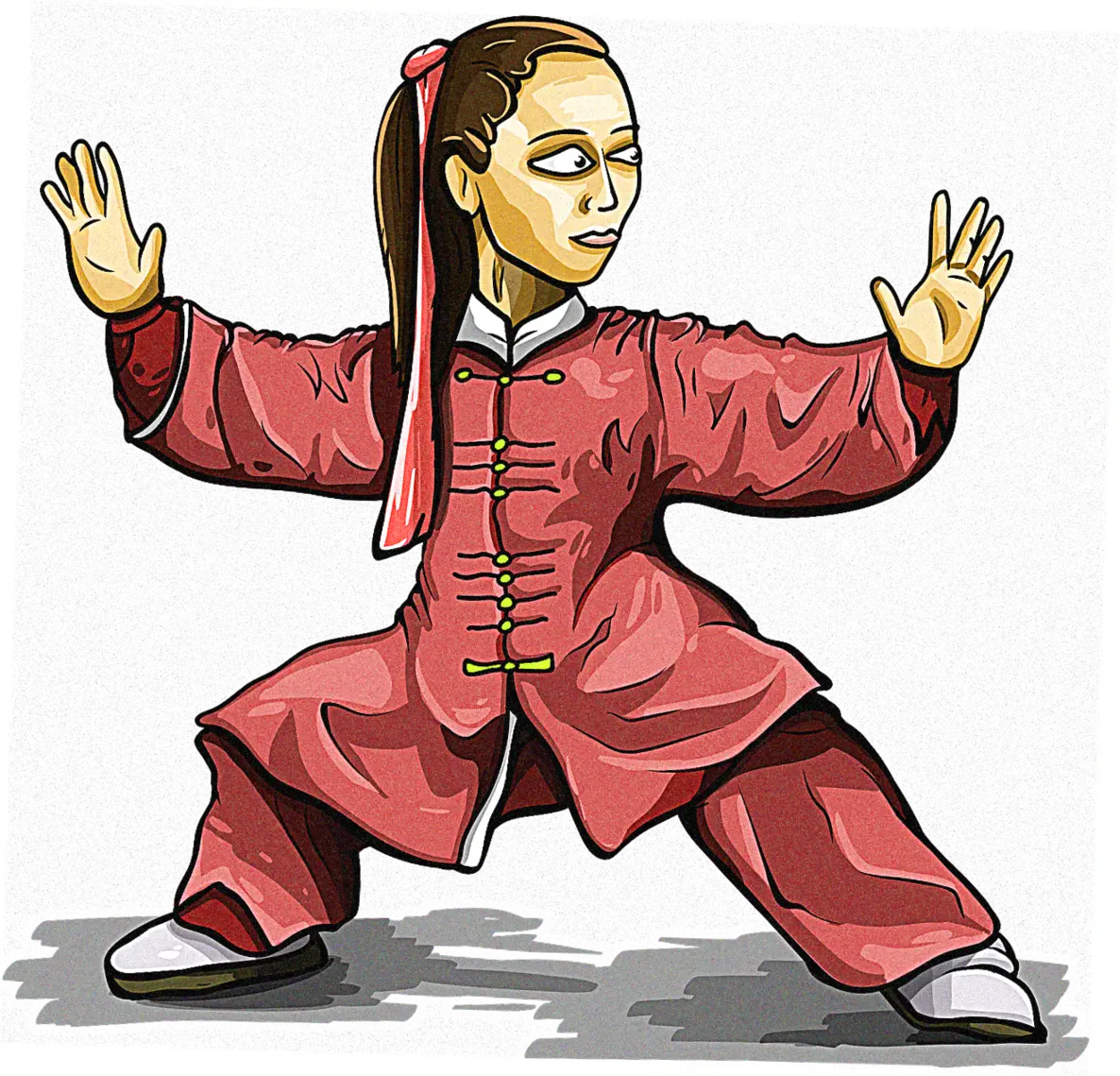
What equipment is needed for Chen Tai Chi practice?
One great thing about Chen Tai Chi ? You don’t need much gear, so anyone can do it.
Just wear comfy clothes and flat shoes, and you’re good to go. Some folks use swords or fans for advanced moves, but that’s totally up to you.
As Master Song says, all you really need is your body and brain. Doing it outside on grass feels nice, but inside works just as well. You can find tons of free tips online, even on YouTube, about setting up your practice spot. Since you don’t need special gear, Chen Tai Chi works for everyone, no matter your age or experience.
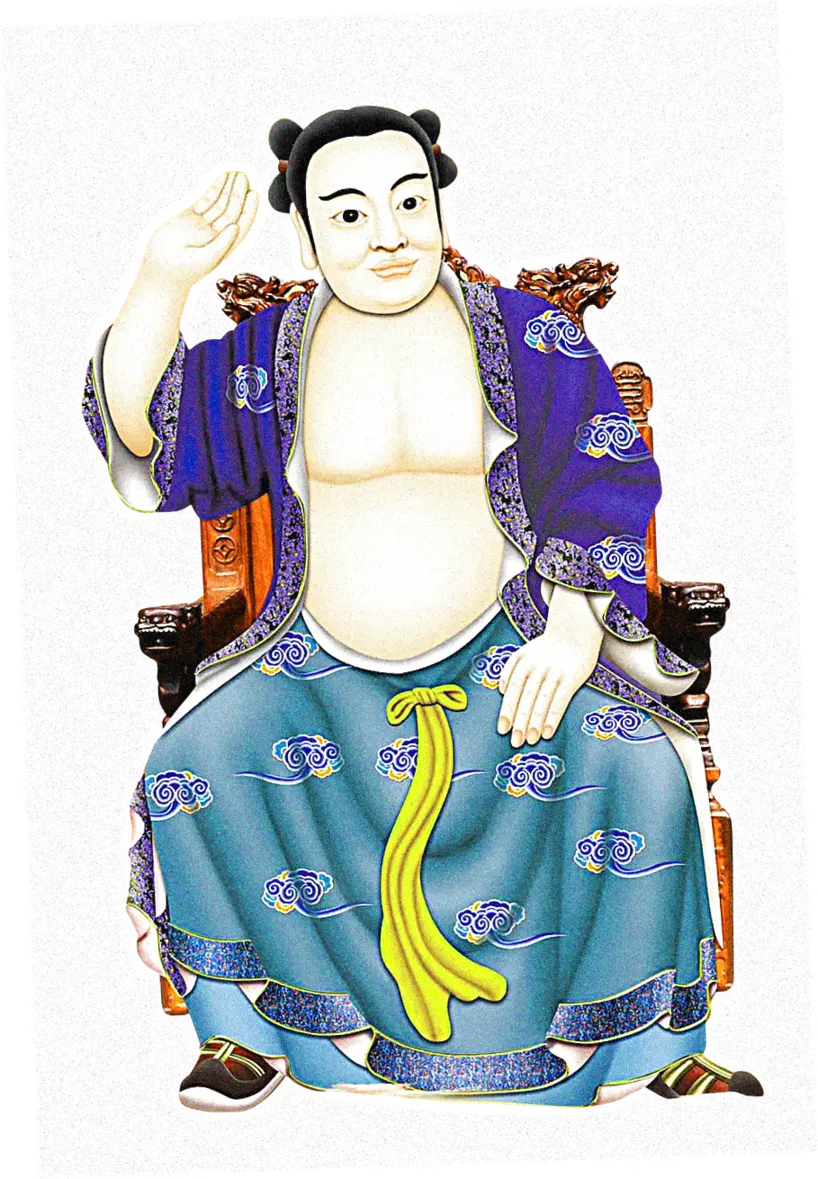
Can Chen Tai Chi help with self-defense?
You bet! Chen Tai Chi is first and foremost a fighting style, with moves made for self-defense.
There are eight basic moves – Peng, Lu, and others – that you can use in real fights. Shifu Ping notes, Chen style’s explosive power and quick transitions make it highly effective for self-defense.
Instead of just muscling through, Chen Tai Chi teaches you to use your opponent’s force against them – great for smaller folks. Lots of self-defense classes use Chen Tai Chi ideas because they teach you to stay aware, balanced, and in control. Doing these forms makes you safer and also boosts your confidence and mental toughness.
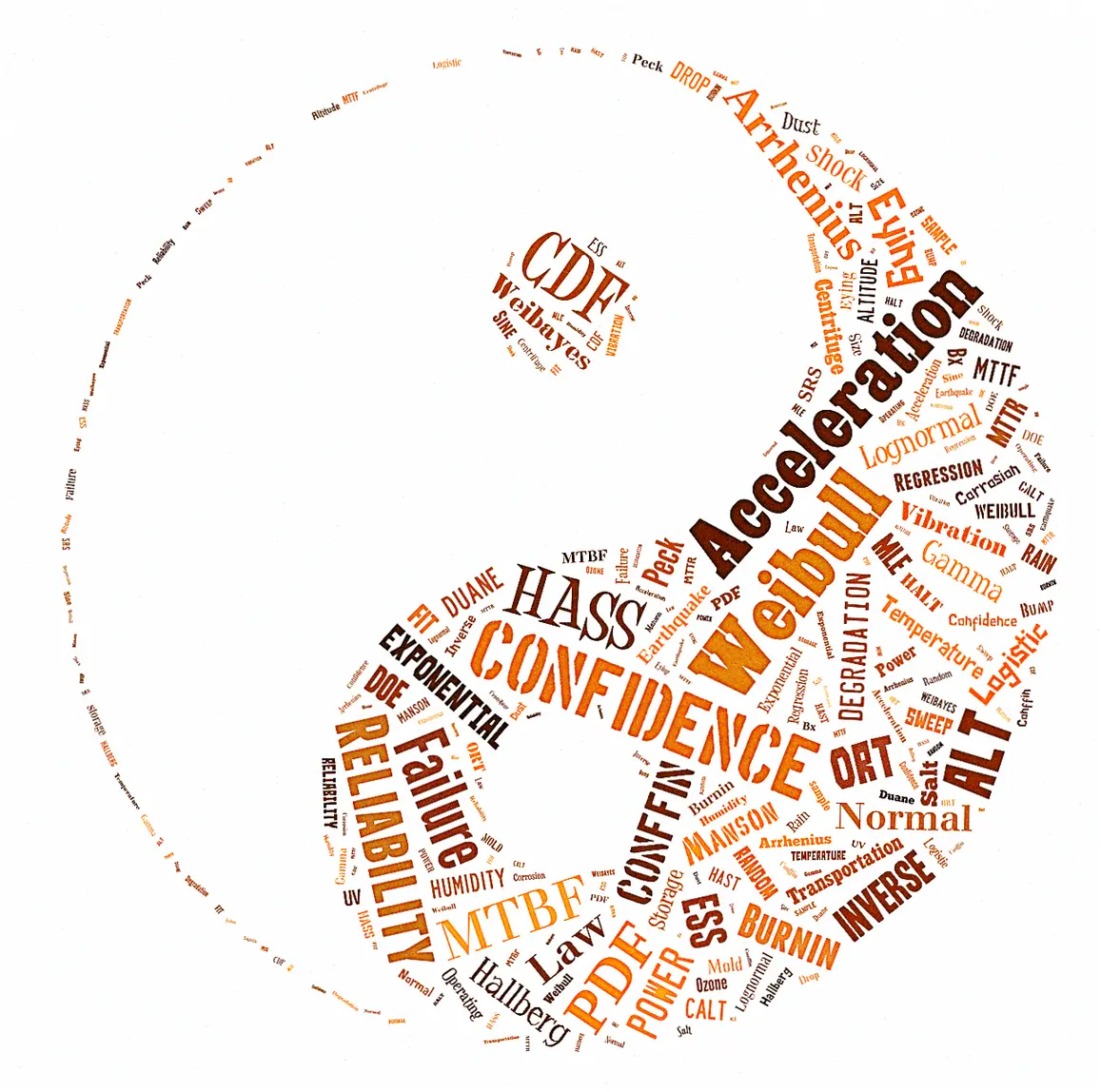
What are common mistakes in Chen Tai Chi forms?
Most mistakes happen when people go too fast or don’t stand right.
Newbies often forget to root – keeping a solid, low stance that gives you power and balance. Master Song notices that lots of learners pay attention to their arms but ignore their legs and waist.
Another common goof? Holding your breath, which messes up your energy flow. Master Gu’s online videos show these mistakes and how to fix them. Some people copy the moves without getting why they work, which means they’re not really learning properly. A good teacher or group can spot these mistakes fast so you learn the right way.
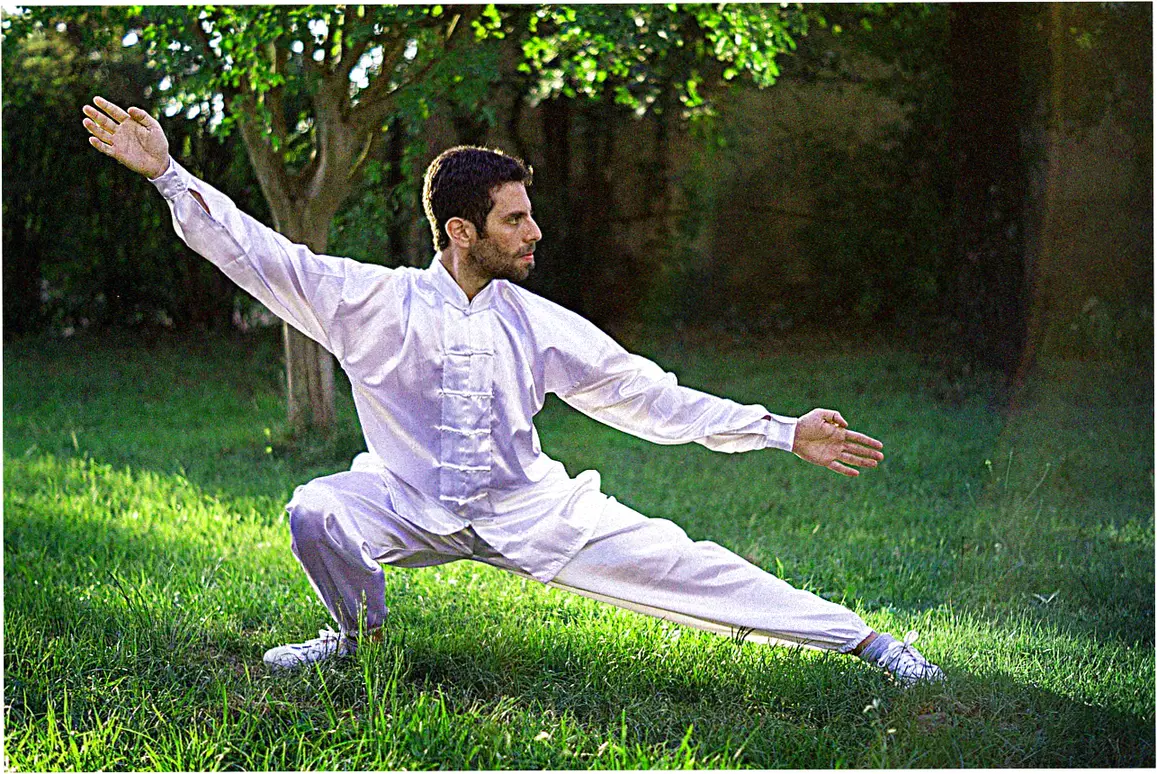
How to improve balance with Chen Tai Chi?
Better balance is one of the first things you’ll notice with Chen Tai Chi.
The moves make your legs and core stronger while improving your sense of where your body is. Studies prove that regular Tai Chi cuts seniors fall risk in half.
Moves like standing on one leg (called Golden Rooster) really help your balance. Master George Thompson says to focus on your lower belly (the dan tian) to stay steady. New learners often feel safer practicing near something to hold onto while they work on balance. After a while, those slow, careful moves will give you rock-solid stability.
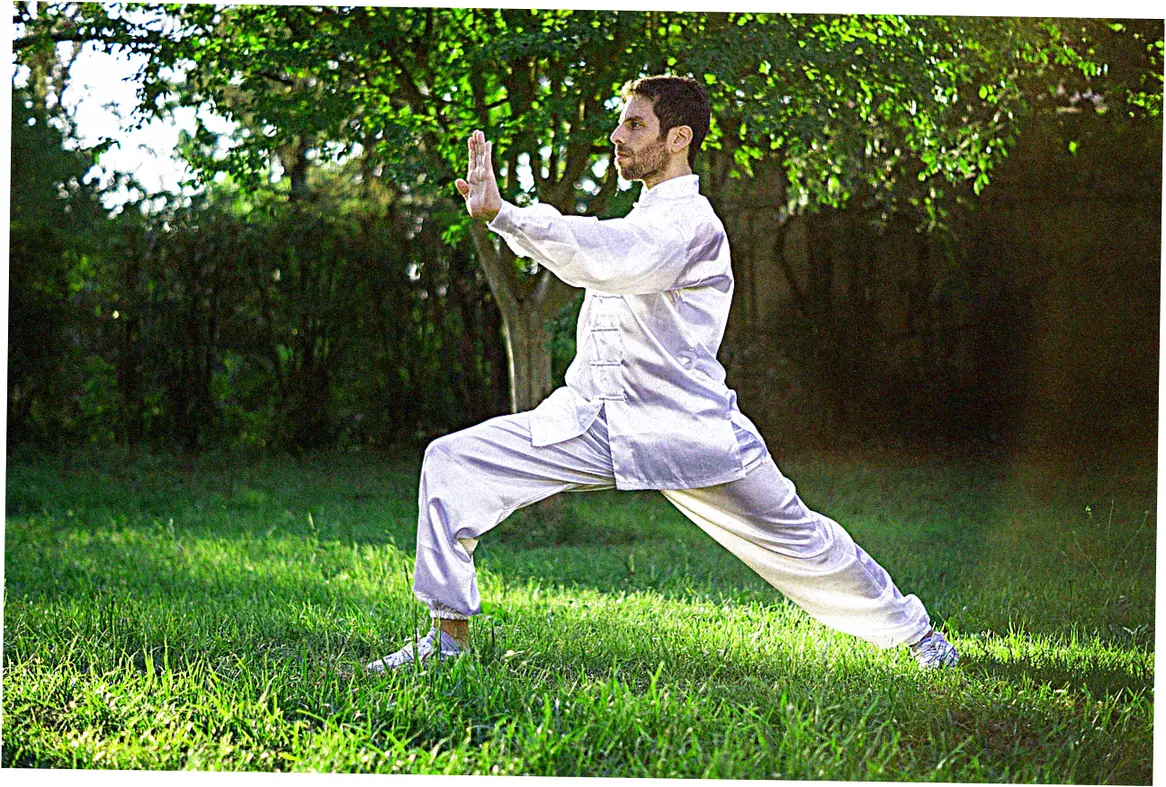
What role does breathing play in Chen Tai Chi?
Breathing right is super important in Chen Tai Chi – it connects with your moves and energy.
Good breathing means deep, slow breaths that match your moves – this helps your energy flow and keeps you calm. Experts say to breathe from your belly, filling your lungs completely for the most oxygen.
Lots of newbies have trouble timing their breath with moves, but Master Song’s courses have exercises to help. Bad breathing makes you tense and tired, which ruins all the good stuff you’re working for. Like Shifu Ping puts it, your breath connects your thoughts and your body. Get your breathing right, and your whole Tai Chi practice becomes more peaceful and powerful.
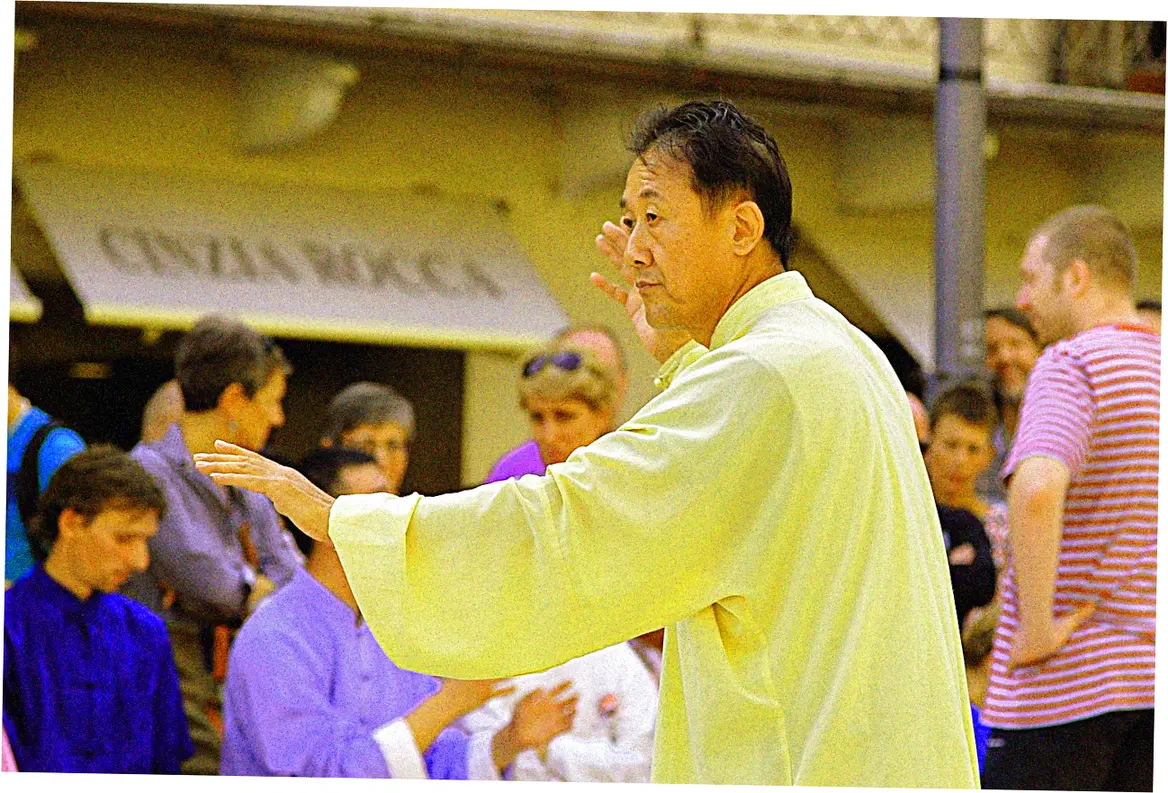
How to find a good Chen Tai Chi instructor?
A good teacher is key to learning right and not getting hurt.
Check if they’re certified by legit groups like the International Chen Style center. Ask around or check online reviews too.
Master Gu says the best teachers focus on basics and adjust to each student. Try a free class or online demo to see if their teaching clicks with you. Sites like Taichi China list certified teachers everywhere. Watch a class first to make sure their style matches what you want. The right teacher can take you from just going through motions to really changing your life.
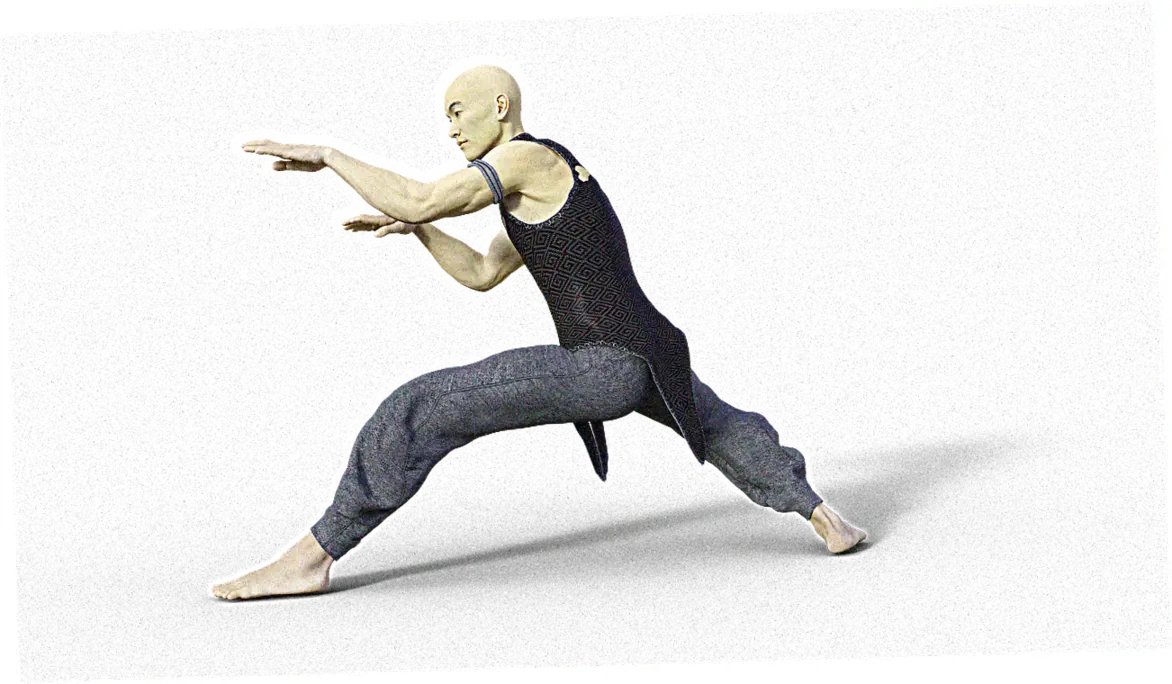
What are advanced Chen Tai Chi forms like?
Fancy forms like Lao Jia and Xin Jia are more complex and packed with fighting techniques.
They include quick moves, jumps, and sudden power bursts called fa jin. Master Song says you need strong basics and years of practice before trying these.
The intricate sequences challenge both physical and mental stamina, offering deeper insights into the art’s internal aspects. Many advanced practitioners describe these forms as a moving meditation, where every motion has profound meaning. Online courses and in-person workshops, like those from Balance Is Possible, provide structured pathways for progressing to these higher levels. The journey through advanced forms is as much about self-discovery as it is about technical mastery.
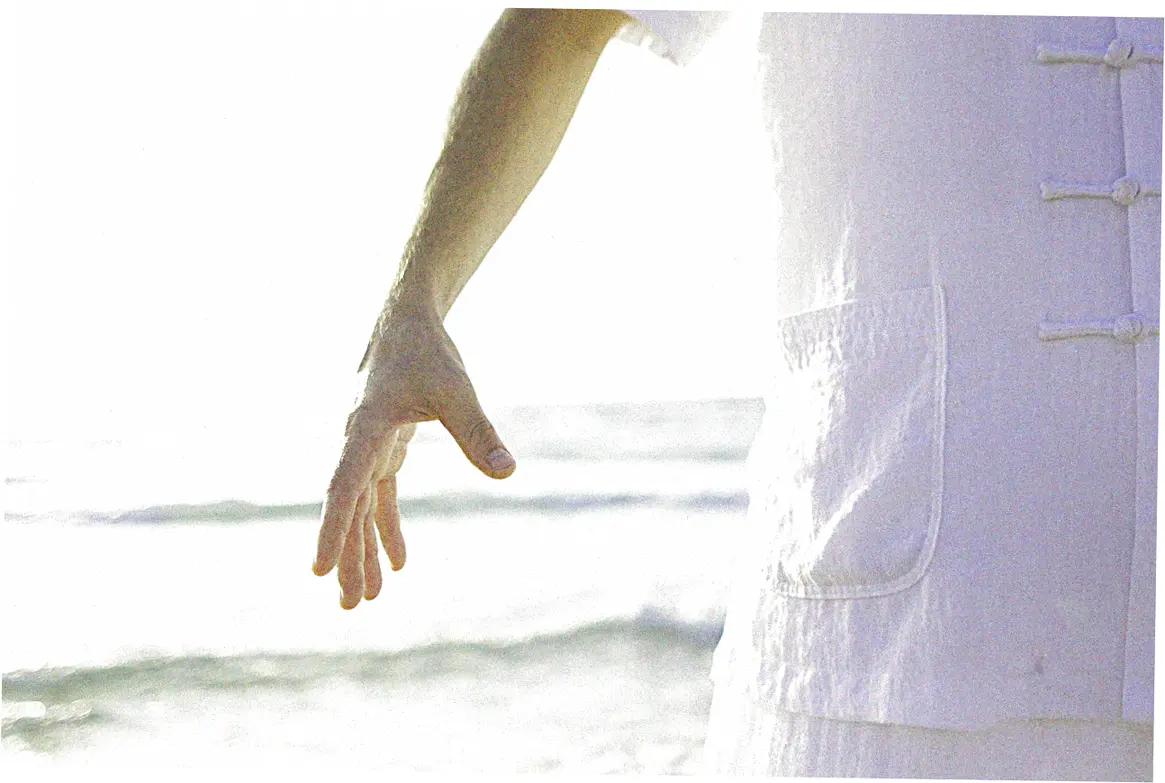
How to integrate Chen Tai Chi into daily life?
Integrating Chen Tai Chi into daily life can enhance its benefits and make practice more sustainable.
Simple habits, like performing a few movements upon waking or during breaks, can maintain energy flow throughout the day. Master George Thompson suggests, Treat Tai Chi as a lifestyle, not just an exercise.
Many practitioners find that applying Tai Chi principles—such as mindfulness and proper alignment—to everyday activities improves posture and reduces stress. Online communities, like Wayfinders Global, offer support and ideas for incorporating Tai Chi into busy schedules. Even short, consistent sessions can yield significant long-term benefits. The key is to view Tai Chi not as a separate activity but as a natural part of your daily rhythm, enriching both body and mind.
In conclusion, Chen Tai Chi forms offer a rich and rewarding practice that benefits both body and mind. Whether you’re a beginner or an advanced practitioner, there’s always more to explore and master.
Start your journey today with the wealth of resources available online, from step-by-step tutorials to live classes. Remember, the path of Tai Chi is one of patience and persistence—every small step brings you closer to harmony and health. For further learning, check out Master Song’s Patreon or Shifu Ping’s Taichi China platform, where you’ll find expert guidance tailored to your level. Happy practicing!
